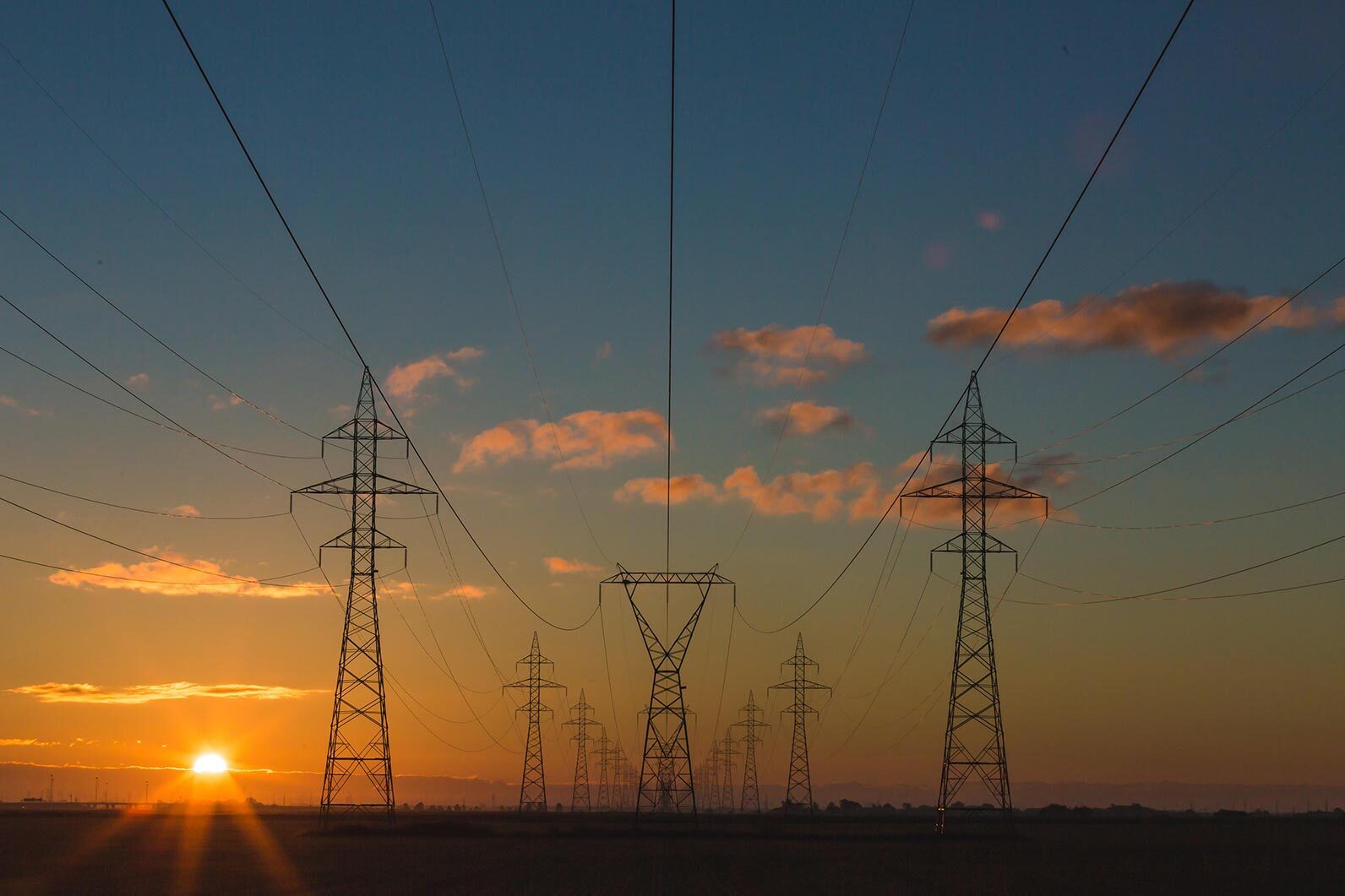Being located smack in the middle of the world’s solar belt has its advantages. Just ask Jordan. A country that is making the leap to majority renewables from a 92% historical reliance on imported fuel with smart energy project planning.
With 10 months of direct sunlight, the nation is primed to become the world’s next solar hotspot. The first wave of renewable energy development started in 2014. By the end of that year, new solar and wind projects were contributing 1% to its total energy production.
Fast forward to 2020, the nation now boasts a solid 20% renewables in its power mix. As a result, it has attracted investments worth more than $5 billion in energy project planning.
According to renewable experts, an investment in solar power in Jordan is not only safe, it’s highly rewarding. Thanks to its location, the monarchy’s long-term outlook, and the nation’s commitment to fuel its industries without harming the environment.
Energy Project Planning Paves Way To Resilience
The kingdom is on a fast track to solar power expansion. In the first phase, it inaugurated 10 solar farms in the city of Ma’an. Followed by one each in Aqaba and Irbid.
After a smooth kick off in 2016, Jordan started energy project planning on three more state-of-the-art solar power facilities. Combined, they’re expected to add 200MW to the existing 1130MW renewable capacity.
Jordan’s rise to solar fame came about when it inaugurated its Shams Ma’an Power Plant. The 640,000 panels at the site generate 1% of the entire nation’s electricity. Another 150MW solar farm in Ma’an is part of the third phase, set to be completed by the end of 2020.
What makes Jordan’s reliance on solar power so unique is its outlook towards it. The kingdom isn’t simply powering industries and homes with the sun. It has taken energy project planning to the next level by being home to the world’s first-ever solar-powered refugee camp.
Jordan’s Master Energy Plan also accounts for at least 30% of all households equipped with solar-powered water heating systems. And by the end of 2020, it’s aiming to add a 600MW capacity from concentrated solar power (CSP), solar PV, and hybrid models.
So, what’s the country aiming for? She has her eyes set on powering more than 42,000 homes with solar. Consequently, cutting on 100,000 tons of CO2 emissions annually. Now that’s what you call an aggressive #NetZero target.
Thumbs up!




